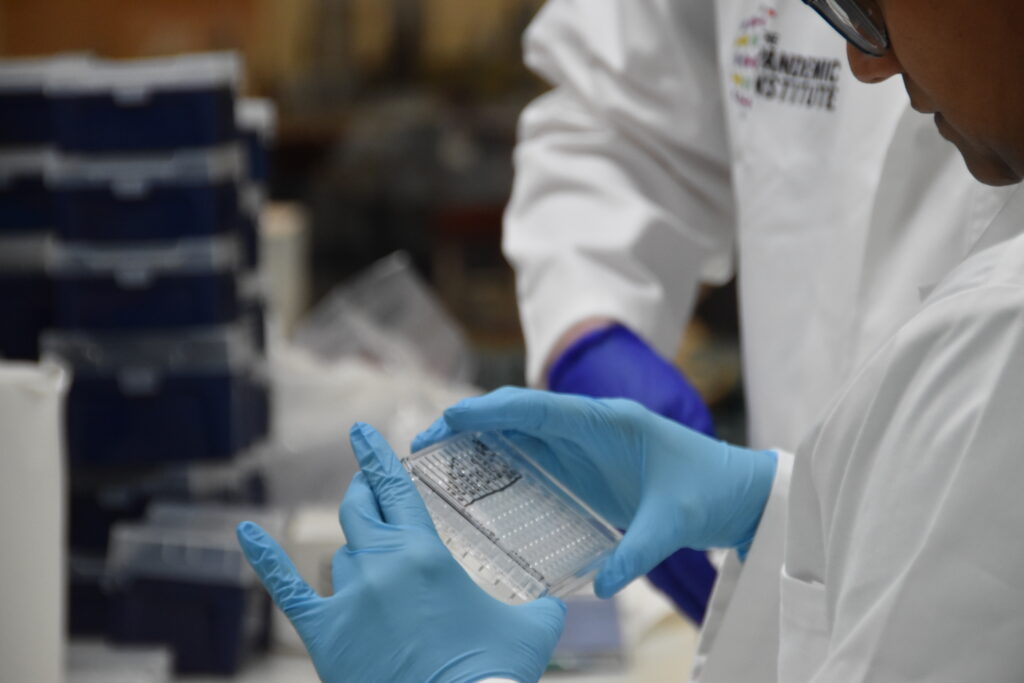New list of greatest infection threats to the UK
April 29, 2025

The UK Health Security Agency (UKHSA) recently published a list of the pathogen families they believe could pose the greatest risk to public health, with the hope that it will help to guide research and development efforts against these potential threats. The list covers 24 virus and bacteria families that UKHSA believe would be beneficial…

We’ve recently enjoyed hosting visitors from our partner Liverpool City Council, including Brownlow Hill councillors Heather Westhead & Tom Cardwell, plus Liam Robinson (Leader of Liverpool City Council) and Andrew Lewis (Chief Executive). The visit gave us an opportunity to discuss some of the achievements of The Pandemic Institute since it was formed in 2021,…